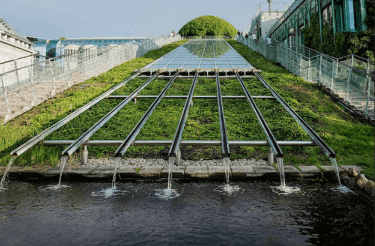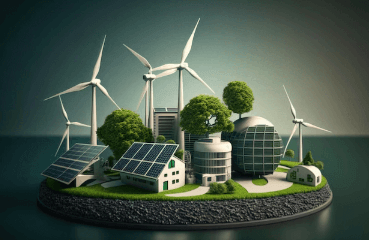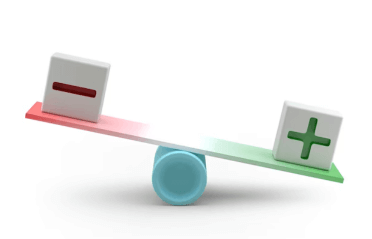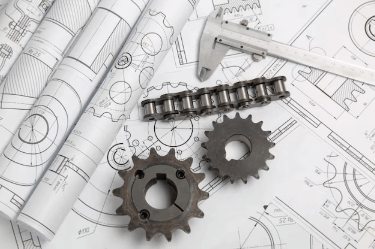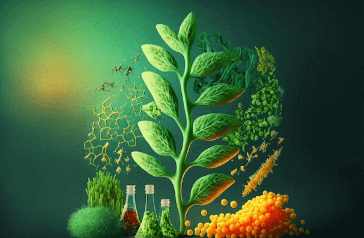Question
a.
normally tends to increase the reaction rate.
b.
does not affect a catalysed reaction.
c.
does not affect photo-chemical reaction rates.
d.
all (a), (b) and (c).
Posted under Basic Chemical Engineering
Interact with the Community - Share Your Thoughts
Uncertain About the Answer? Seek Clarification Here.
Understand the Explanation? Include it Here.
Q. A rise in temperature
Similar Questions
Explore Relevant Multiple Choice Questions (MCQs)
Q. The enzyme which can catalyse the conversion of glucose to ethyl alcohol is
View solution
Q. The conversion for a first order liquid phase reaction. A → B in a CSTR is 50%. If another CSTR of the same volume is connected in series, then the % conversion at the exit of the second reactor will be
View solution
Q. What is the dispersion number for a CSTR?
View solution
Q. Rate of a chemical reaction is independent of the concentration of the reactants for a __________ reaction.
View solution
Q. With increase in temperature, the rate constant obeying Arhenious equation
View solution
Q. Bulk diffusion in catalyst pore __________ with increase in pressure.
View solution
Q. Pick out the correct statement.
View solution
Q. The concentration of A in a first order reaction, A → B, decreases
View solution
Q. The equilibrium constant of chemical reaction __________ in the presence of catalyst.
View solution
Q. The order of a chemical reaction is
View solution
Q. A chemical reaction occurs, when the energy of the reacting molecules is __________ the activation energy of reaction.
View solution
Q. B.E.T. method of finding out surface area of a catalyst, uses the extension of __________ isotherm.
View solution
Q. In a chemical reaction, repesented by, A → B , it is observed that the
(i) rate of reaction increases by a factor of 4 on doubling the concentration of the reactant.
(ii) rate of reaction increases by a factor of 9 on trebling the concentration of the reactant.
Then the rate of the reaction is proportional to(where, Cᴀ = contentration of the reactant)
View solution
Q. An example of autothermal reactor operation is
View solution
Q. For a packed bed reactor; the presence of a long tail in the residence time distribution curve is an indication of
View solution
Q. For reaction, P + 2 → 3R, molar rate of consumption of P is
View solution
Q. If pore diffusion is the controlling step in a solid catalysed reaction, the catalyst
View solution
Q. The conversion of a reactant, undergoing a first order reaction, at a time equal to three times the half life of the reaction is
View solution
Q. What is the value of 'n' if the reaction rate of the chemical reaction A → B, is proportional to Cᴀⁿ and it is found that the reaction rate triples, when the concentration of 'A' is increased 9 times ?
View solution
Q. A second order reaction of the form A + B → C is called a pseudo-first order reaction, when
View solution
Recommended Subjects
Are you eager to expand your knowledge beyond Basic Chemical Engineering? We've handpicked a range of related categories that you might find intriguing.
Click on the categories below to discover a wealth of MCQs and enrich your understanding of various subjects. Happy exploring!
